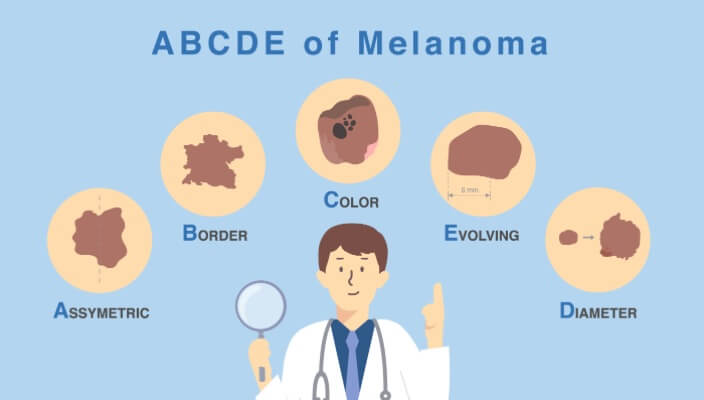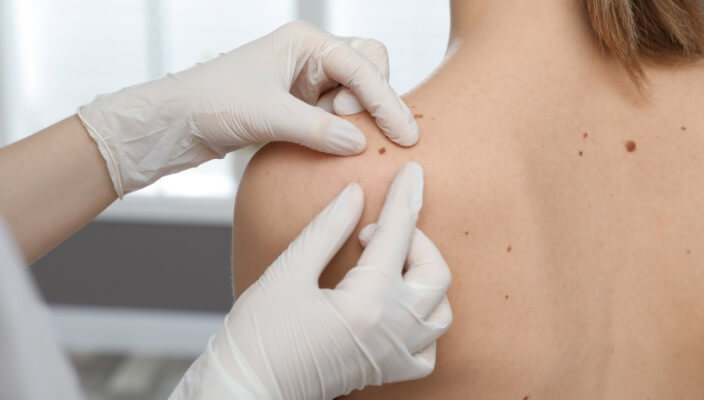How Effective Is Your Sunscreen?
From SPF to Water Resistance, Your Ultimate Guide to Protection Against Harmful UV Rays
 Summer is here. The days are longer, the sun is stronger, and we are outdoors more.
Summer is here. The days are longer, the sun is stronger, and we are outdoors more.Our dermatologists remind patients that “It’s important to remember that there’s no such thing as 'light base, or safe tan.' An individual’s skin darkens or tans as a result of protecting itself from harmful UV rays. A tan is our skin’s way of telling us it is being damaged.”
Skin cancer is the most common form of cancer found globally and having five or more sunburns in your life doubles your risk for melanoma.1 It’s key to remember that no sunscreen is the same, even if it is a high SPF.
“It’s important to remember that there’s no such thing as “light, base, or safe tan”. An individual’s skin darkens or tans as result of protecting itself from harmful UV rays. A tan is our skin’s way of telling us it is being damaged.” - Dr. Peter Jajou
What should you know when you choose your sunscreen?
Follow these guidelines when choosing your sunscreen to maximize your sun protection:
Choose Broad-Spectrum
Choose SPF of 30 or More
- SPF 15 filters out 93% of UVB rays
- SPF 30 filters out 97% of UVB rays
- SPF 50 filters 98% of UVB rays
Sweat & Water-Resistance
Protect Your Skin
Understanding the effectiveness of your sunscreen is crucial for safeguarding your skin from the harmful effects of the sun. To master the art of proper sunscreen application, review the video below and explore our range of high-quality sunscreens by visiting our online store. Take charge of your skin health and embrace sun-safe practices today.
How To Correctly Apply Sunscreen
Related Blog Posts

- Skin Cancer
- General Dermatology
- Skin Exams
Learn the ABCDEs of Melanoma, the deadliest form of skin cancer.
Read More
- Skin Cancer
- General Dermatology
- Skin Exams
- Sun Safety
If your dermatologist finds a suspicious mole during your TBSE, hey want to perform a skin biopsy.
Read More
- Skin Cancer
- Skin Exams
It’s time to face the facts: skin cancer can develop in individuals of all skin colors, including those with darker skin tones.
Read More
